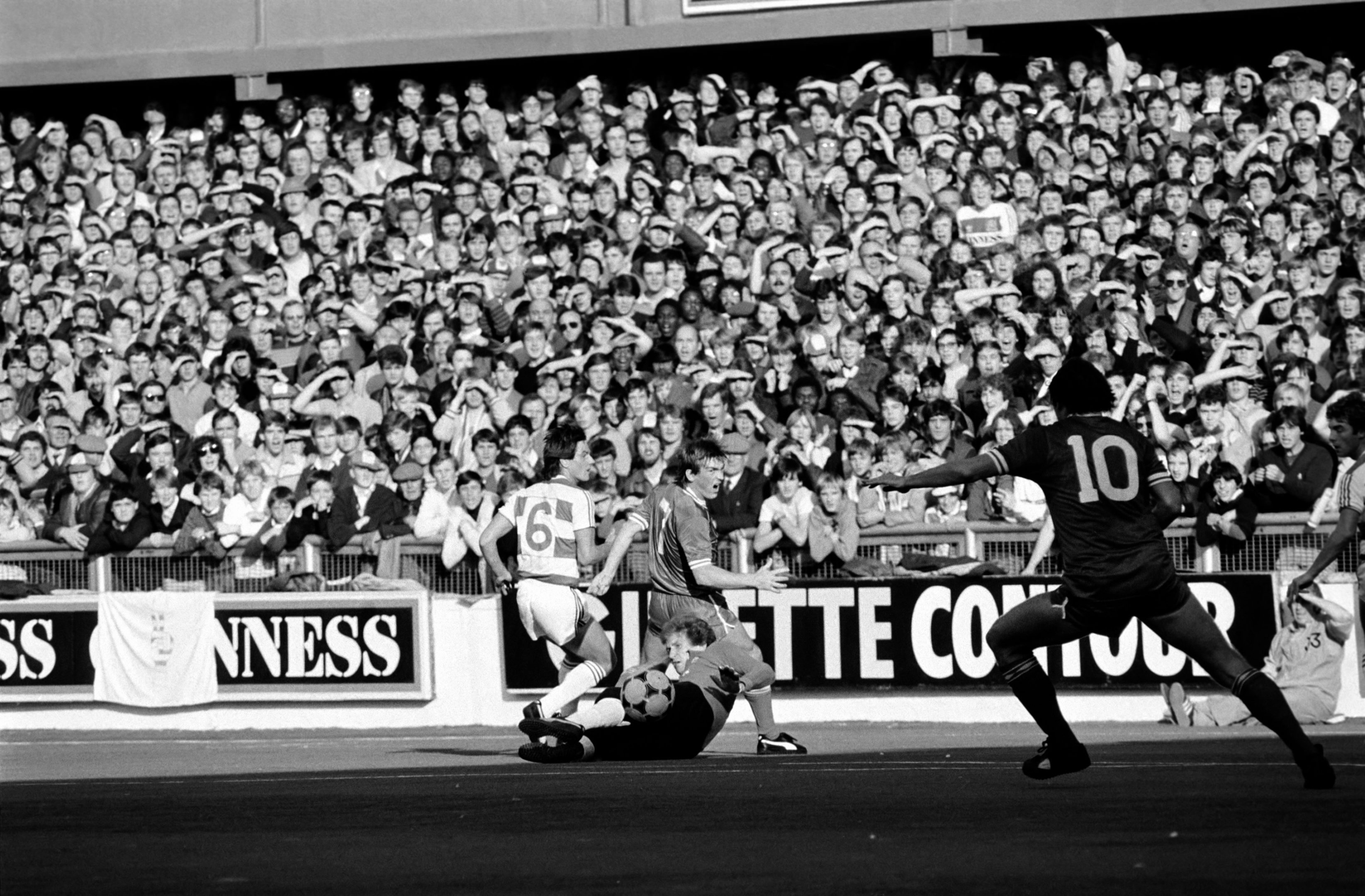
THE condition of the playing surfaces at all 42 senior clubs in Scotland has come under the microscope.
After a vote, conducted by the country’s PFA membership and the SFA over the course of this season, Hamilton Accies finished bottom of the table.
Not something to celebrate, or shout about.
Accies quickly came out to defend their artificial surface, and made it clear that significant investment was being made during the close season to upgrade and improve the pitch.
That is good news.
Now, whether you want to call it 3G, 4G or just old-fashioned astroturf, footballers still much prefer to play on a nice grass surface.
And on that point, congratulations to Graeme Glen, the Stirling Albion groundsman, as his surface was voted the best in Scotland.
Good on him. He has set an extremely high standard, and is now the benchmark.
Ironically, Albion used to play on astroturf around 30 years ago when they were at Annfield.
When I played for Liverpool, I was never a fan of astroturf.
Luton Town and QPR were the first clubs in England to install it – in the early to mid-1980s – and it was like green mats put down on concrete.
Honestly, they were absolutely terrible – not fit for purpose at that level.
It was so bad that when the ball was kicked high into the air and landed back down on the pitch, you could have gone in for a shower, dried off, and put your jersey back on again – and the ball would still be bouncing!
I never got any pleasure in those games, and was always glad to hear the final whistle because you always felt at risk.
Indeed, it’s also very hard on your joints, for people of all ages.
Even just standing on an astroturf surface, watching for 90 minutes, could leave you feeling tight and in need of a good stretch.
However, I accept that improvements are being made all the time and, without being too technical about it, Liverpool’s surface at Anfield is a mixture of grass and synthetic grass.
It blends in very nicely – but it costs lots of money.
Just about every Scottish club doesn’t have that financial muscle and they need to prioritise.
It’s about affordability. Ripping up the artificial and putting down a more traditional surface can cost a fortune.
Then clubs would also be losing money from their revenue stream.
Some clubs need to have a non-grass alternative to help bring in revenue as they can rent it out during the week to different clubs and the public.
They can also allow their academies to train on it, and that cuts down on their financial outlay.
I believe Livingston are laying one at this very minute, which means 25% of the SPFL Premiership will be playing on synthetic surfaces.
I’m not sure that’s right.
Look, in an ideal world, we’d all love for our football to be played on a lush, grass surface every week. But that is just never going to be the reality.
Goodness, I remember playing in Scottish football 40-odd years ago, and there was hardly a blade of grass on most pitches for at least three months of the season.
But it’s about the here and now and opinions have been made and voices want to be heard.
The authorities must listen and do as best they can for the good of the game in Scotland. We know clubs aren’t awash with cash and that will always be a problem.
Managers and players don’t really like it, and I’m sure even the Hamilton Accies and Kilmarnock players – who also have to play home games on an artificial pitch – would rather have grass.
Playing on the atrsoturf can also give managers and players a ready-made excuse if they lose a game.
Many of them will blame the surface. But then there is also the case for players such as Hearts striker, Steven MacLean, who can’t play on astroturf for medical reasons.
It’s unfair his team has to do without him.
However, the new types of surfaces are here to stay and it could well be that we see even more in Scotland in the next decade.
If that turns out to be the case, then as long as they are an improvement on what is already there, then we need to get on with it.
It would be nice to think that in the same survey a decade from now, a 4G, or a 5G or 6G – whatever is the best one at that stage, wins the poll.
It would mean that the sports labs have really found something special for clubs to use all year round, and that clubs can still utilise to bring in needed revenue.
However, it is all trial and error.
My own personal view is that nothing will ever beat playing on grass.
That’s what football should be played on.

Enjoy the convenience of having The Sunday Post delivered as a digital ePaper straight to your smartphone, tablet or computer.
Subscribe for only £5.49 a month and enjoy all the benefits of the printed paper as a digital replica.
Subscribe